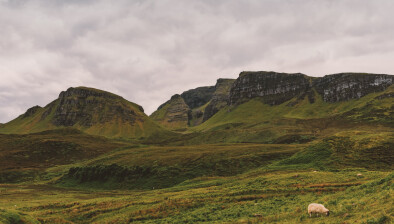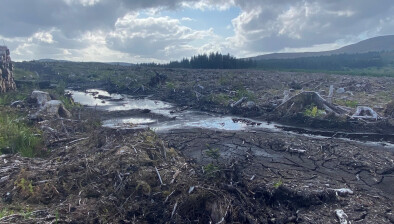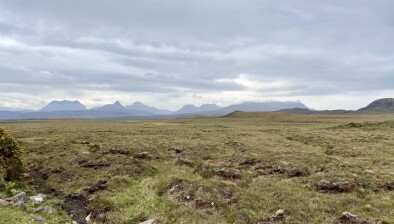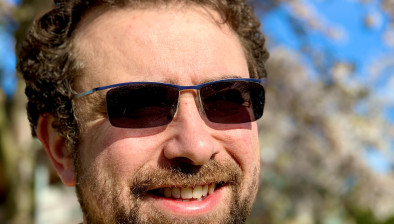Scottish communities seek sustainable income for land buyouts
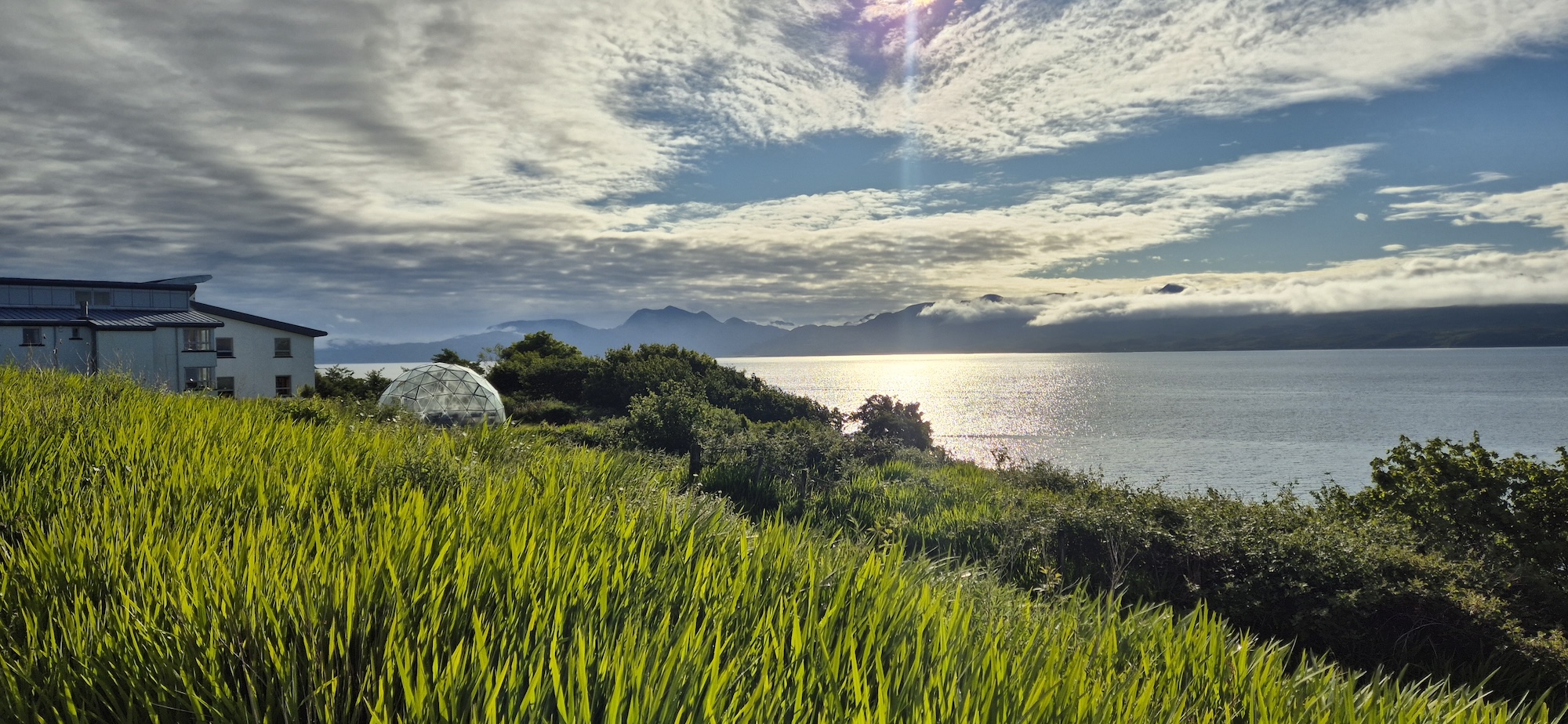
Financial sustainability remains a paramount challenge for Scotland’s 840 community land buyouts, a key theme at the recent Community Land Scotland Annual Conference.
The message was clear from many of the 100 community representatives and land activists gathered in Skye at the weekend – “getting a regular income stream can be one of the biggest challenges”.
The Community Land Scotland Annual Conference debated how – with a widespread squeeze on public money – the 840 community owned buyouts around Scotland can address the challenge of long term financial sustainability.
Getting a community buyout off the ground is usually hard work, invariably led by enthusiastic and innovative volunteers, aiming to buy land or buildings to benefit people in their community.
But, having secured ownership of the property, work then begins to successfully generate regular income to pay the multiple costs – including essential staff – to run the community owned project.
Largo – “we need land to make an income”
Largo Communities Together was set up in the Fife coastal community in 2017. It is dedicated to enhancing access and local facilities, including pathways and public spaces. It aims to restore Largo pier and improve facilities and access to Largo beach.
In order to generate income, access to land is the top priority.
LCT chair, Louise Robb, said: “At the moment we have no land and we have no actual sustainable income. Our biggest issue is looking at how we survive sustainably so that we do not have to rely on grant funding.
“One immediate priority is to secure an income for our development officer and that income stream is our biggest challenge.”
She added: “Owning land will allow us to generate income and is essential for our future.”
Knoydart – timber, accommodation, venison and tours
On the other side of Scotland, the 7000 hectare Knoydart estate was one of the big, iconic, community purchases completed in 1999. The Knoydart Foundation has developed multiple income streams.
Each year around 250 deer are culled through stalking, the meat is processed and sold locally, with a tasty discount for Knoydart residents. The Knoydart community also raises income through campsite accommodation, housing, a local shop and pub, walking tours, construction timber and firewood sales.
While the Foundation has significantly increased its self-generated income, it can also point to significant success around repopulating the estate – numbers doubled from 60 to about 120 since 1999.
Richard Williams, Project Manager with The Knoydart Foundation, explained: “There are huge skills and knowledge in the community, and new people have also come in over the last 25 years that have been crucial to success.
“It is absolutely fundamental that each community organisations reaches a point where in income covers costs. Otherwise you are living hand to mouth. You might get two to three years of grant funding for a project but then you are always looking at where the next grant is going to come from.
“So having a baseline of core income from different sources is absolutely fundamental.”
Greener Kirkcaldy – Community is usually happy to help
Lauren Brook, CEO of Greener Kirkcaldy, said: “Having a sustainable income has to be a priority if you are going to really benefit your community. We do a lot of community fundraising. We make a special effort to be open with the community about finances and they appreciate the value of what everything costs.
“We have found that the community really want to contribute. One of the main things I have found is that people are willing to pay for events and services. People want to help and they want to contribute.”
Coigach – one wind turbine is crucial to this community
Sustainable income streams for many in the community land sector means wind turbines and the income they generate.
Coigach Community Development Company development officer, Julia Campbell, said: “The one turbine the community owns in Coigach is crucial to generating our own income and I’m not sure what we would do without it.”
Coigach, in Wester Ross, shares universal rural problems – falling school numbers, lack of housing, lack of available land.
“It was obvious that public funding would be difficult and if we wanted anything done we needed to do it ourselves”, Julia added.
“One thing we had lots of in Coigach was wind and a turbine was the obvious thing to go for and it has helped us hugely.”
“Community buyouts are a successful model”
Community Land Scotland, Director of Policy and Advocacy, Dr Josh Doble, said: “The vast majority of community buyouts are resilient, success stories, with communities demonstrating ingenuity and creativity in raising funds for an initial purchase and finding means to support the community longer term. But our members do face challenges making their business models resilient and it was great to discuss that at our conference.
“There are lots of fantastic ideas out there about how to generate income from accommodation to recreation, to shops and rentals and venison.
“But we know there is still a long way to go and, nationally, less than three percent of Scotland’s land is in community hands. If communities do not own the land, then their opportunities for economic development are seriously limited.
“We will continue to press for public policy that supports the army of people who are working to help their communities, their environment and deliver vital services across Scotland, often on a voluntary basis.
“It is people at community level who know their areas best and who know what will work most successfully for them. They have the ideas and the strategies, we just need to ensure that they have an enabling environment in which they can flourish and build on the fantastic work they’re already doing.”




